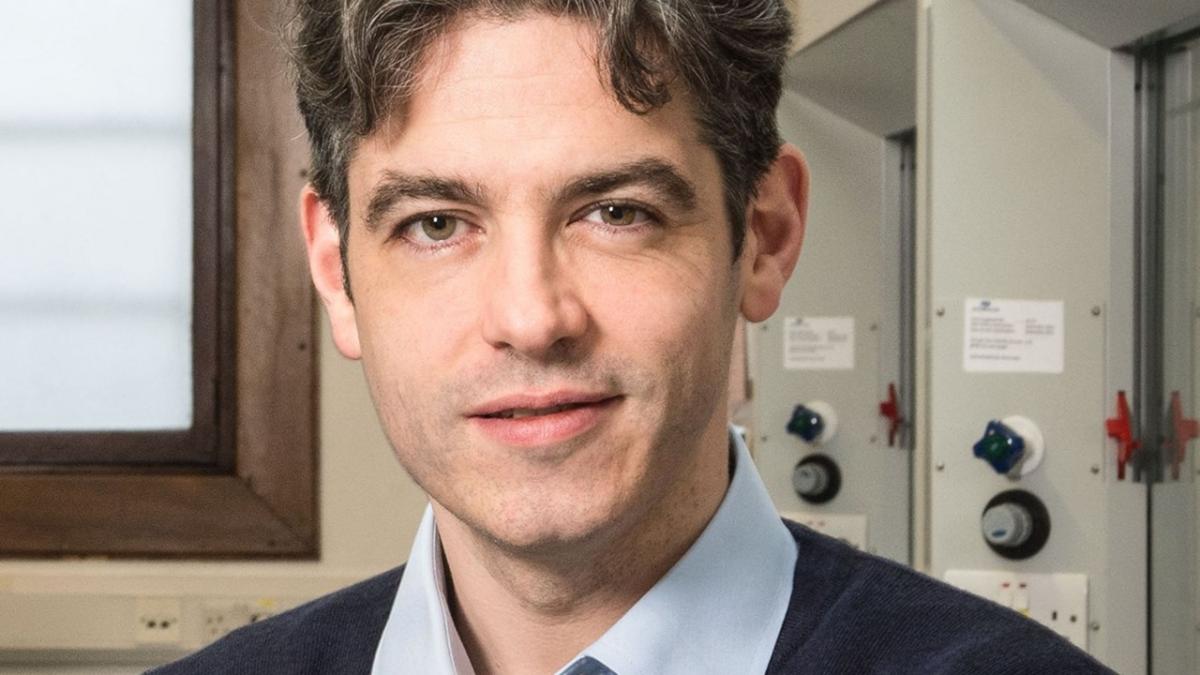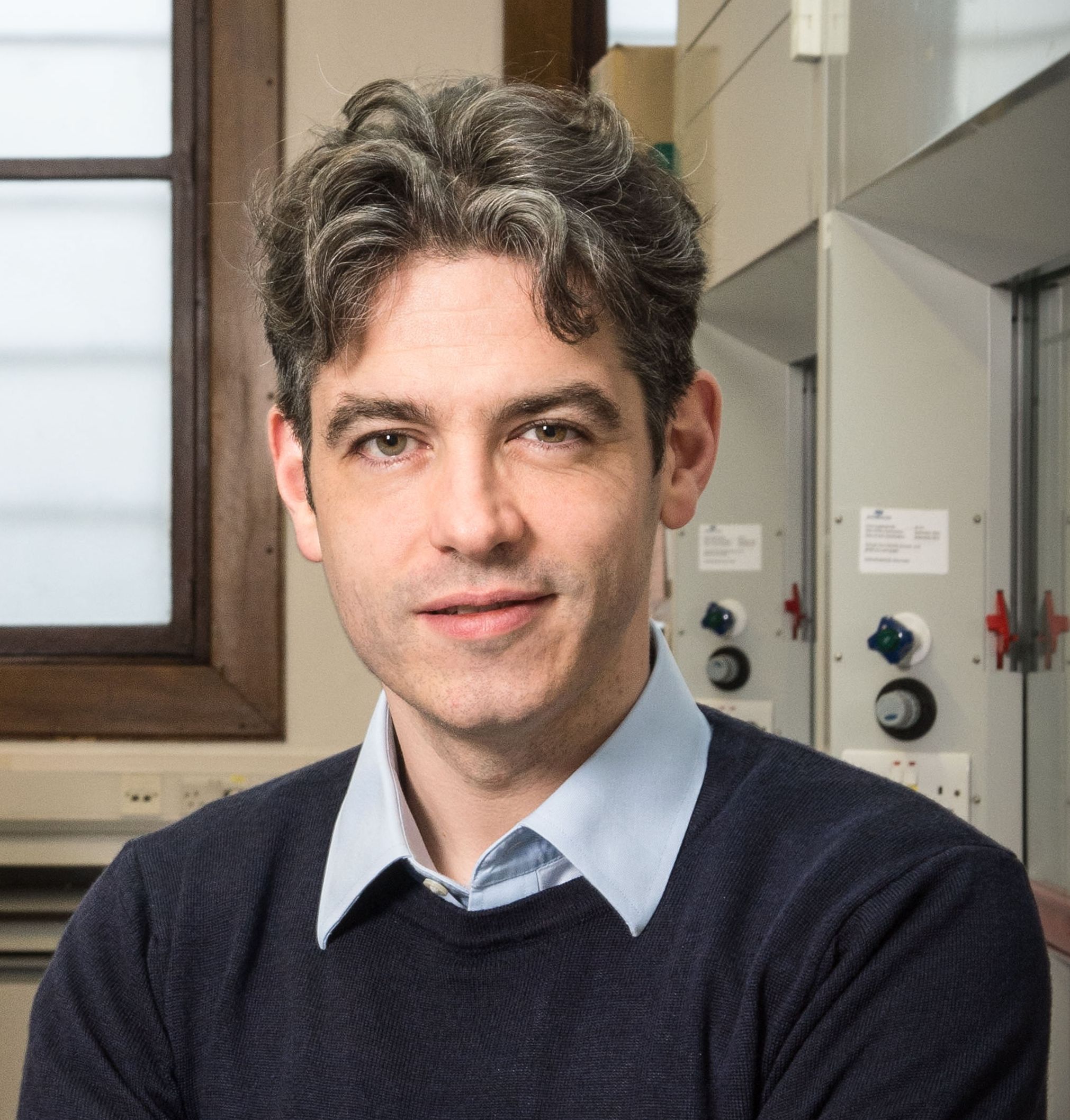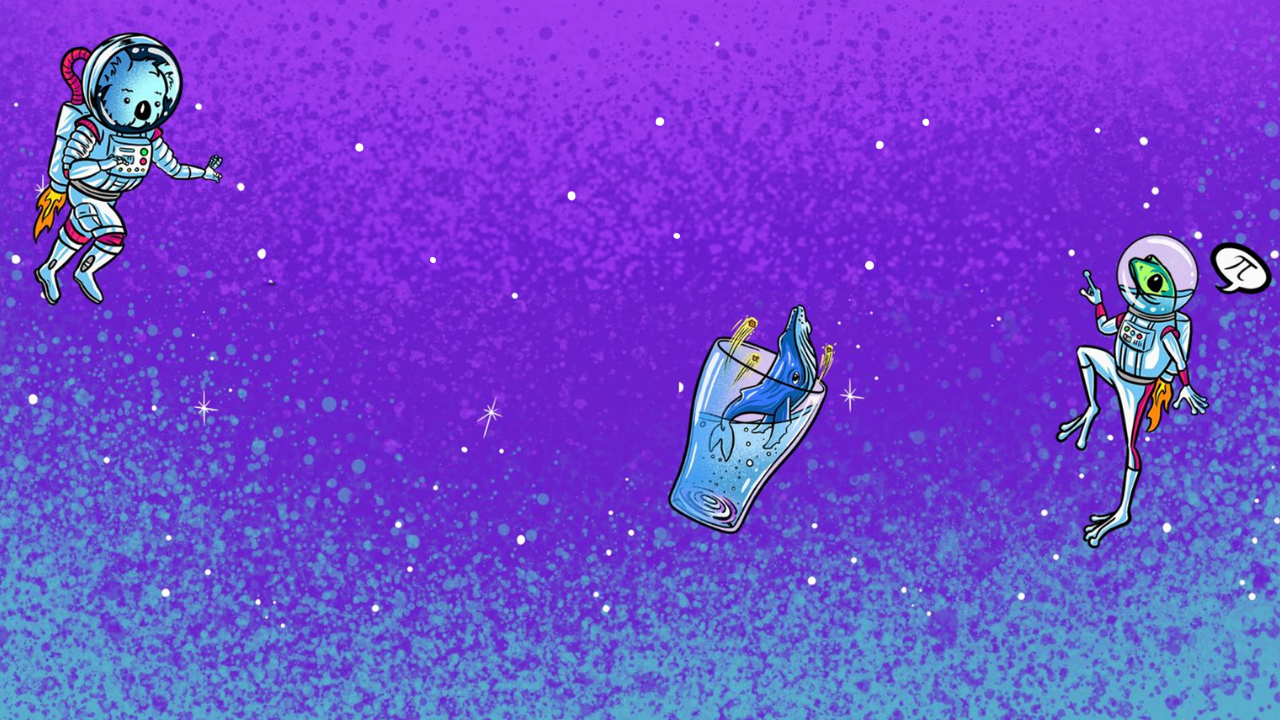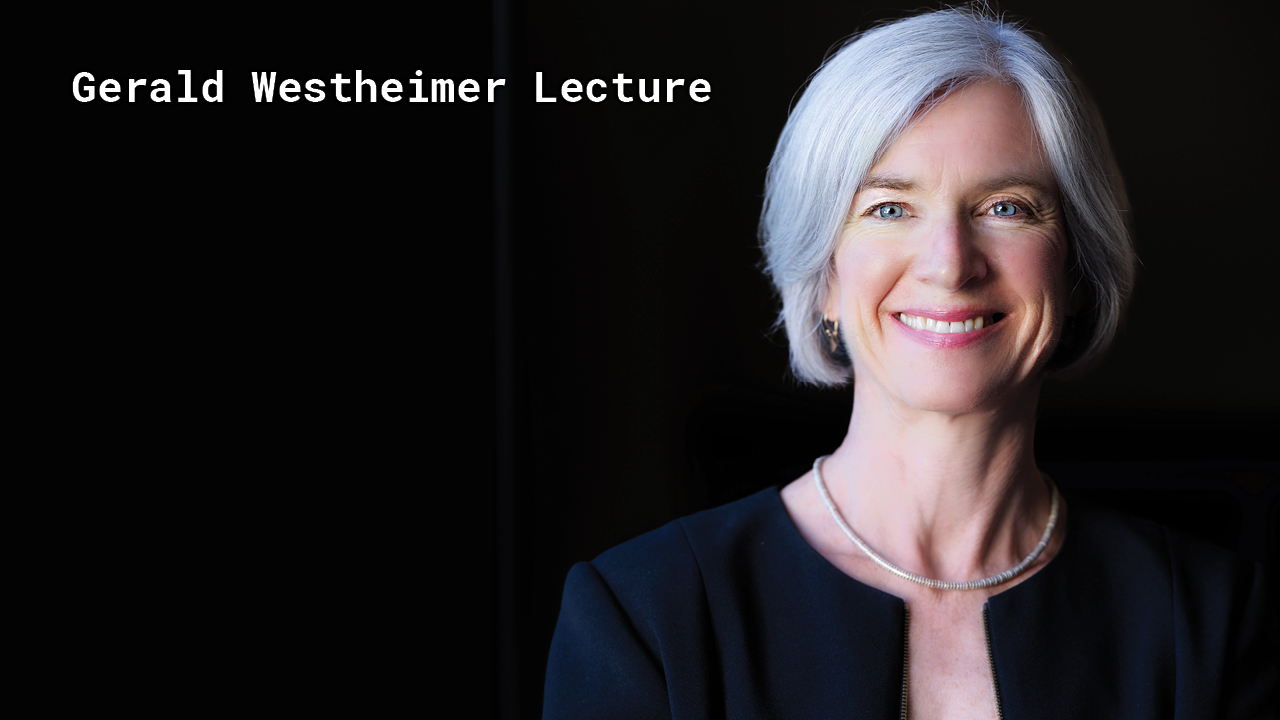LIVESTREAM Computing with Chemical Reactions

We are entering the era of Digital-Chemistry whereby computer control can be used to monitor reactions, calculate reactivity and predict routes to targets but what next?
In this talk Prof. Cronin will explain how a programmable chemical computer or ‘chemputer’ can be used to do organic synthesis reactions making the process of chemical synthesis, safer, cheaper, more reliable, and freeing the chemist to focus on the more interesting aspects of synthesis, exploring for new reactivity and reactions – enabled by letting computers programme chemistry.
In the second part of the talk Prof. Cronin will explain how chemicals might be used to do computations. By designing a programmable chemical computer, he will describe how he and his group were able to build and demonstrate a prototype chemical processing unit. Finally, he will discuss the use of chemical computing to help search chemical space, explore large problems, and define a new roadmap for chemical computing that will aim to realise the dream of computing not just with molecules, but with reactions.
A UNSW Chemical Society Lecture presented by UNSW Chemistry, and the Regius Chair of Chemistry from the University of Glasgow

Professor Leroy "Lee" Cronin
Prof. Cronin is the Regius Chair of Chemistry in the School of Chemistry at the University of Glasgow, UK, and is a Fellow of the Royal Society of Edinburgh, and the Royal Society of Chemistry. He has been passionate about programming chemistry and looking for inorganic aliens ever since his first computer and chemistry set at the young age of 8.
After completing his PhD in Chemistry at University of York, he did post docs in Edinburgh and Germany before becoming a lecturer at the Universities of Birmingham, and then Glasgow in 2002. In 2013, he became the Regius Professor of Chemistry and now has one of the largest multidisciplinary chemistry-based research teams in the world with recent work published in Nature, Science, and PNAS. He and his team are trying to make artificial life forms, find alien life, explore the digitisation of chemistry, understand how information can be encoded into chemicals and construct chemical computers.



